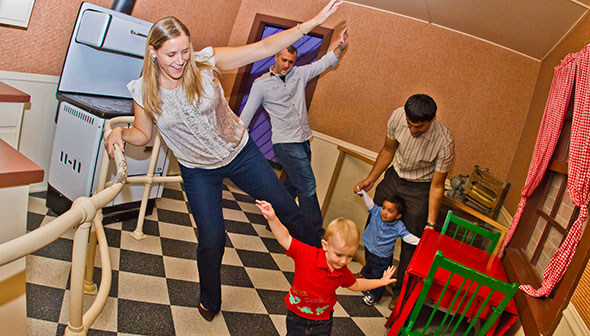Nearly 100 years ago the Canadian identity was forged in fire. It was at the Battle of Vimy Ridge that British North Americans came to identify themselves as Canadian for the first time, a sign of pride in what their soldiers had accomplished where other allied armies had failed. Among those who fought at Vimy, but who are often neglected by history, were Indigenous soldiers. One was Robert Edward Kippling, a Cree man of the Peguis Reserve in Manitoba.
Kippling died at Vimy Ridge in the service of a country that gave him little respect or rights. Indigenous People did not have Canadian citizenship at the time, something that they couldn’t gain without first giving up their status as Indians. Nor could they vote. Yet despite this, the Government of Canada estimates that over 4000 Indigenous People enlisted for the First World War.
According to Brian McInnes, a professor at Minnesota Duluth University and author of the recent book Sounding Thunder: The Stories of Francis Pegahmagabow, the Indigenous soldiers were motivated more by existing relationships with the Crown rather than with the Government of Canada. The motivation in enlisting lay in the fact that many Indigenous soldiers fought to protect a shared homeland. Yet despite their intentions, they still faced great prejudice. They needed to “transcend they Indian-ness to be accepted” McInnes explains.
Kippling had an advantage over many other Indigenous soldiers in that he spoke English, the language of the Canadian Expeditionary Force. He enlisted in Selkirk and was put in the 108th battalion, where he received his training and with which he was sent to England. The 108th was a catchall battalion; anyone from Manitoba was placed here. It was with the 78th Battalion, the Winnipeg Grenadiers, that Kippling lost his life on April 9 1917.
As part of the 12th Brigade, 4th Division, the 78th Battalion was to attack from the northern-most Canadian position, towards the best-defended section of the ridge. Here the Canadian barrage of artillery, which had preceded the infantry assault, did not destroy the German’s concrete tunnels and dugouts as it was supposed to. This resulted in fierce resistance. Such was the resistance that the Canadian soldiers were unable to follow the creeping barrage—a technique where the artillery barrage advances at a steady rate as a means of clearing the path for the infantry. The 78th was to follow another battalion, but the lead battalion had pushed hard into German resistance and had found themselves outflanked. In the confusion the 78th Battalion advanced through to the next objective, the German third line. The few men who reached it did not return and by nightfall of the first day only 200 men survived of the original 700-strong unit.
It is most likely here where Kippling died. In all of the confusion of the opening attack, the heavy snow, the thick mud, the artillery barrage and counter fire from the Germans, Kippling went missing. He was retroactively declared Killed In Action.
His wife, to whom he left everything, survived Kippling. A part of his pay book included a military will, which read “In the event of my death I give the whole of my property to my wife Mrs. Charlotte Kippling.” At only 23-years-old the Kipplings had no children.
Little else is known about Robert Edward Kippling. His name lives on through a handful of memorials scattered across Canada and at his grave in France. But his contribution, and the contributions of all Indigenous soldiers during the First World War to Canada, should not be forgotten. As Canada celebrates in 150th Anniversary the sacrifices of Indigenous People cannot go uncelebrated.




















 that was home to the majority of the peacekeepers involved in UNEF I. It helped to give a visual understanding of the environment of the first Canadian UN mission. I found it in an online archive curated and provided by one of my main sources Gord Jenkins. When listening to Gord speak it helped me to relate to the stories he shared as I knew what the base and surrounding area looked like.
that was home to the majority of the peacekeepers involved in UNEF I. It helped to give a visual understanding of the environment of the first Canadian UN mission. I found it in an online archive curated and provided by one of my main sources Gord Jenkins. When listening to Gord speak it helped me to relate to the stories he shared as I knew what the base and surrounding area looked like.